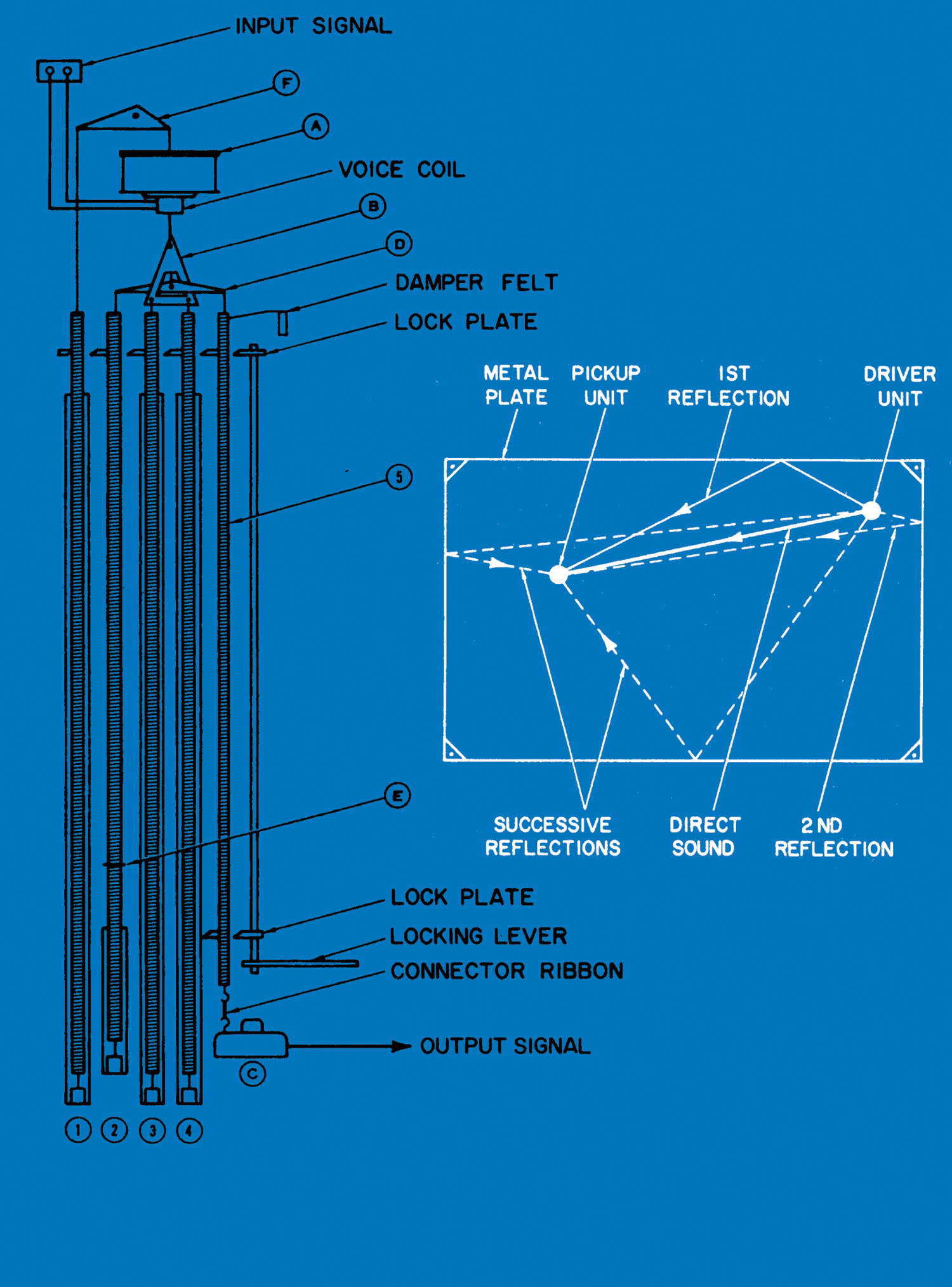FabFilter Pro-C 2 is the new and improved version of their Pro-C, a compressor plug-in that captured many hearts back in 2007, in part due to its GUI that was straight out of Star Trek: The Next Generation. All joking aside, Pro-C was (and still is) a formidable compressor for many reasons (such as its mid-side capabilities), and now FabFilter once again outdoes itself with Pro-C 2. Offering updated features and significant new ones, Pro-C 2 solidifies the Pro-C bloodline as a force to be reckoned with.
For the purpose of this review, we'll focus on the new features, as the general style and sound of Pro-C 2 is very similar to Pro-C's for those who are familiar. The single new addition that drove me to review this plug-in is the ridiculously flexible side-chain section. Whereas previously you could expect to find high-pass and low-pass filters on other compressor designs with "advanced" side-chain filters, Pro-C 2 features a third band to handle the midrange, which creates some crazy flexibility in targeting frequencies for de-essing, de-harshing, or simply for emphasizing which part of the signal you'd like to drive your compressor. Because the folks at FabFilter like to remind you that they know what you like, you can press an audition button to hear exactly how you're shaping the incoming side-chain signal, just like you can with some de-essing plug-ins. It may seem like overkill, but once you use this feature, you'll feel like a loincloth-laden Neanderthal when using other side-chains. Though perhaps if you're recording metal, that's a good thing.
Another great addition is the inclusion of four additional compression styles. You still have the original Clean, Classic, and Opto styles of Pro-C, but with Pro-C 2, FabFilter has added Vocal, Mastering, Bus, Punch, and Pumping programs. Each brings something different to the table, with tailored attack and release curves. Additionally, the Vocal style fixes your knee as very soft and sets your radio at 100:1, thus grabbing the vocal and keeping it in the forefront as you lower the threshold. Pumping may seem like something that historically you've been trying to avoid, but in modern dance and pop tracks where the kick inflates and deflates the mix with every hit, you may find it to be just the thing. And while we're on the subject, the compressor can now be triggered via MIDI input, so if you're working in that realm often, or exclusively, that's a pretty nice feature. The other settings do what you'd think they do, and quite well at that. As with its whole line of plug-ins, FabFilter is attempting to make Pro-C 2 as thorough yet flexible as possible, and they're definitely onto something.
You can visit the website to check out all of the new features (and there are a lot), but some other key updates for me are faster attack and release times (complete with oversampling and a look-ahead to minimize distortion and aliasing), and auto make-up gain, as well as some other features that you're used to using on a gate, such as hold and range. The ability to hold your compression and then drop it suddenly with a quick release can make for some pretty fun sounds.
While Pro-C 2 is arguably the most comprehensive compressor plug-in that I've used, whether or not it works for you is entirely dependent on the work that you're doing. For someone who wants surgical control with shocking ease of use, I couldn't give this a higher recommendation. On the other hand, if you're someone who's using "all buttons in" and driving your signal to its breaking point, you're probably going to think Pro-C 2 is a little on the boring side. However, I've already found myself using Pro-C 2 to get a track into shape, only to then slam it through another more radical compressor; so there's a case that it could be right for everyone. I strongly suggest downloading the 30-day fully functional demo.
$179 street; www.fabfilter.com
Dave Hidek is at dave@treelady.com




_disp_horizontal_bw.jpg)